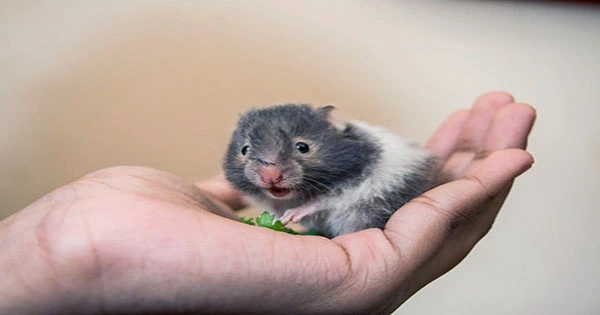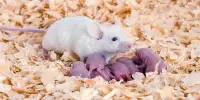Scientists have used CRISPR-Cas9 technology to change hamsters’ social behavior and make them significantly more aggressive, surprise the research authors. They wanted to use gene editing to reduce aggression, but the results were the opposite. This suggests that the biological mechanisms behind socialization and personality are far more complex than previously thought, and that genetic editing can have a direct impact on how animals – and likely humans – interact with one another. The study, which was published in the Proceedings of the National Academy of Sciences, used Syrian hamsters as a model organism to evaluate CRISPR-potential Cas9s to modify a critical neurochemical signaling system and identify any subsequent social changes.
Vasopressin and its receptor Avpr1a were genetically modified and have been linked to a variety of social behaviors, including bonding, aggressiveness, and even monogamy. Researchers at Georgia State University used CRISPR-Cas9 gene editing to develop hamsters with no Avpr1a receptors, completely preventing vasopressin action, and then ran various tests on them to see if the gene editing was successful. To assess aggressiveness levels and social behavior, the hamsters were combined with littermates and compared to wild-type (non-edited) hamsters.
Because vasopressin is connected to aggression, the researchers anticipated that blocking the function of the receptor that vasopressin binds to would lower aggression. However, the outcomes fell well short of their expectations. In a statement, senior author Elliott Albers remarked, “We were extremely shocked by the results.” “We expected that reducing vasopressin activity would diminish violence as well as social communication.” However, the reverse occurred.”
Instead, the hamsters began to communicate more among themselves and grew more violent as a result. Males and females both got violent towards other same-sex hamsters, which did not follow the traditional trend of males being more aggressive than females. Even if the projected impacts are assumed to be minor, the data imply that we should start thinking on a larger scale when considering genetic editing. “We don’t know as much about this system as we thought we did.” The unexpected findings suggest that we should consider the activities of these receptors throughout whole brain circuits rather than simply in individual brain areas,” Albers stated.
The researchers now want to leverage their new knowledge of vasopressin and how Avpr1a appears to reduce aggressiveness rather than increase it to treat a variety of mental disorders that may be linked. Meanwhile, CRISPR-Cas9 researchers must tackle neurological genetic editing with utmost caution. “Gene-edited hamsters were not straightforward to develop,” Albers remarked. “However, understanding the neurocircuitry involved in human social interaction is critical, and our model has translational implications for human health.” Understanding the function of vasopressin in behavior is critical for developing novel and more successful treatment techniques for a wide range of neuropsychiatric illnesses, including autism and depression.”













